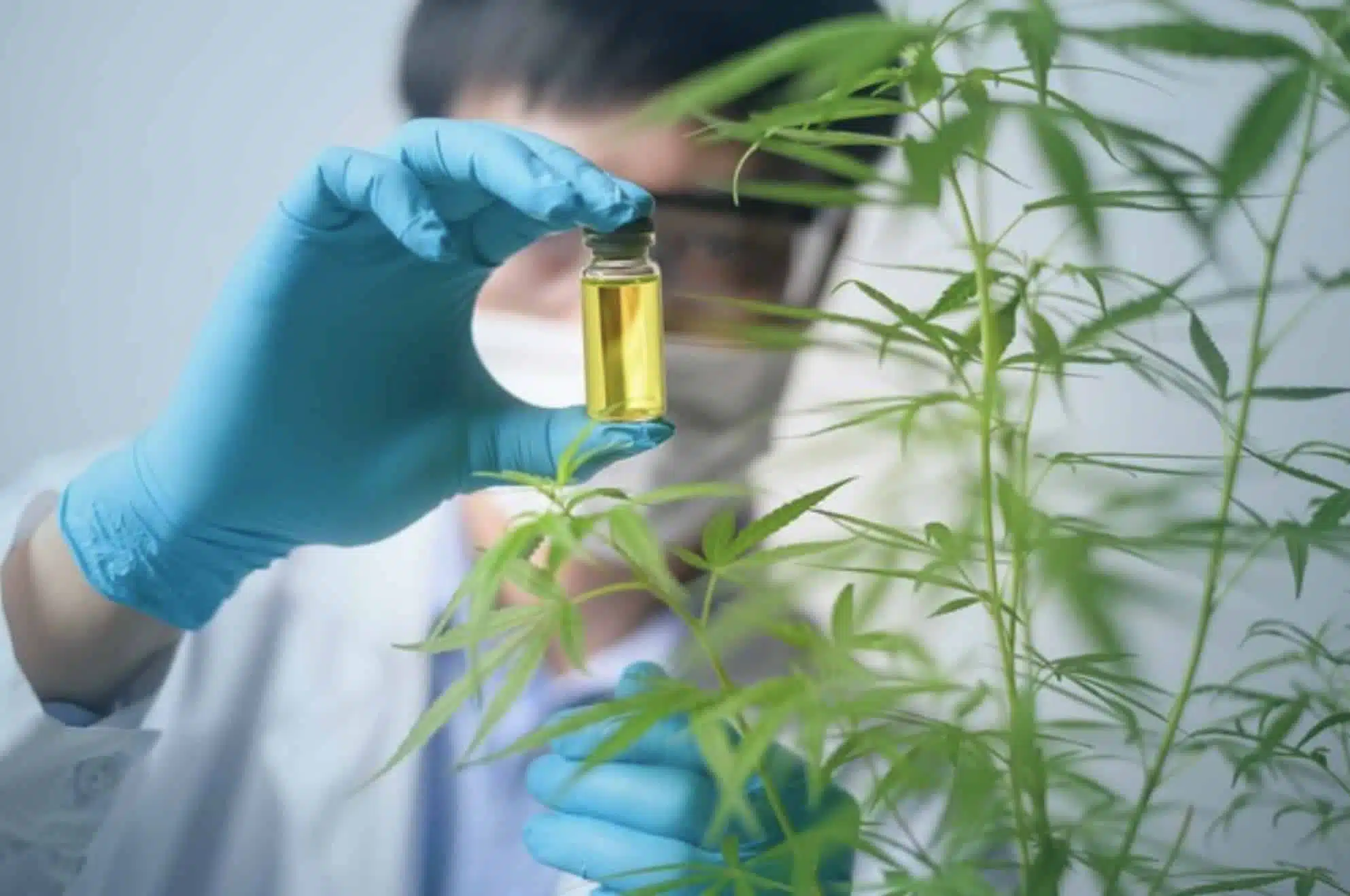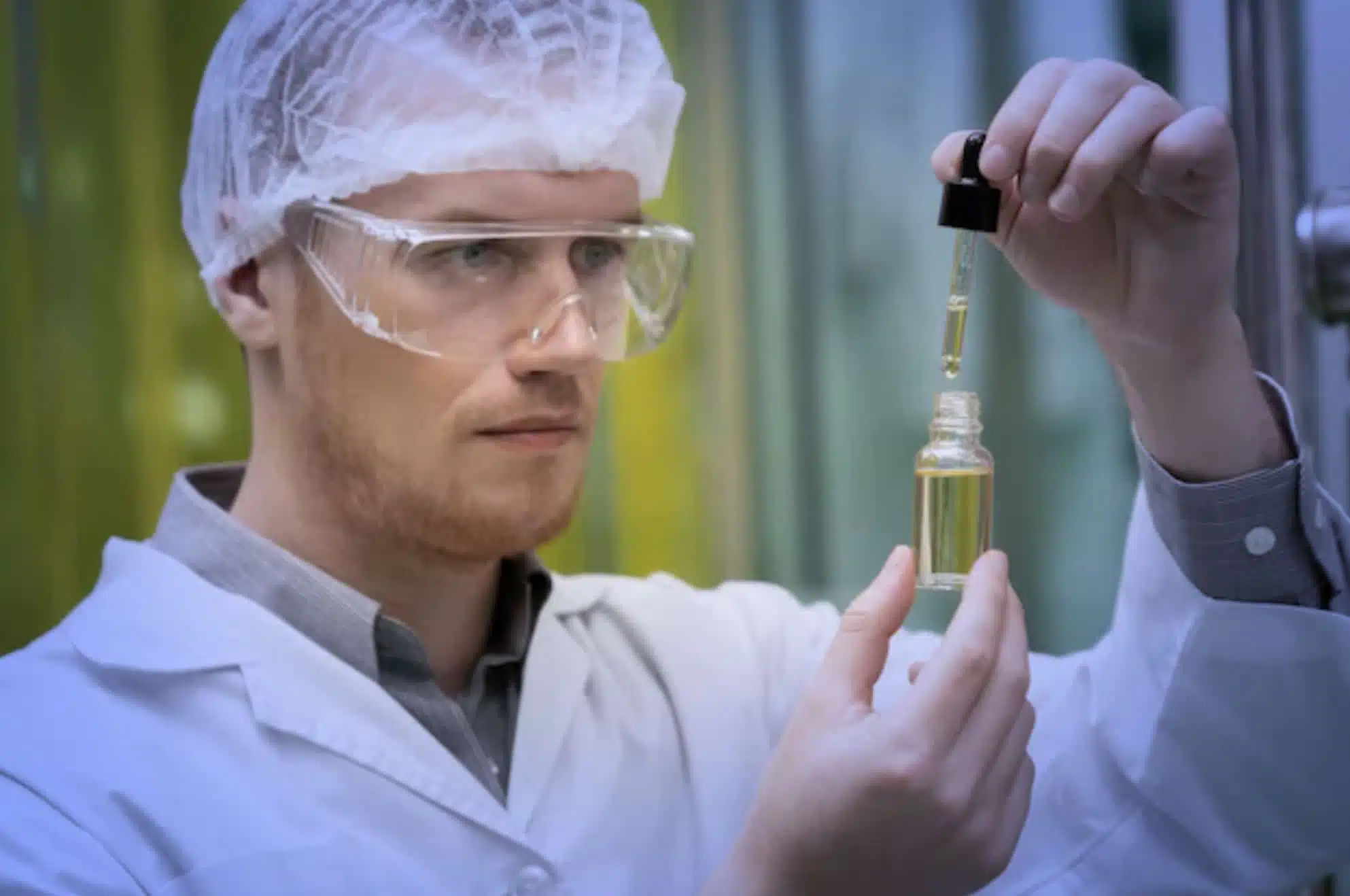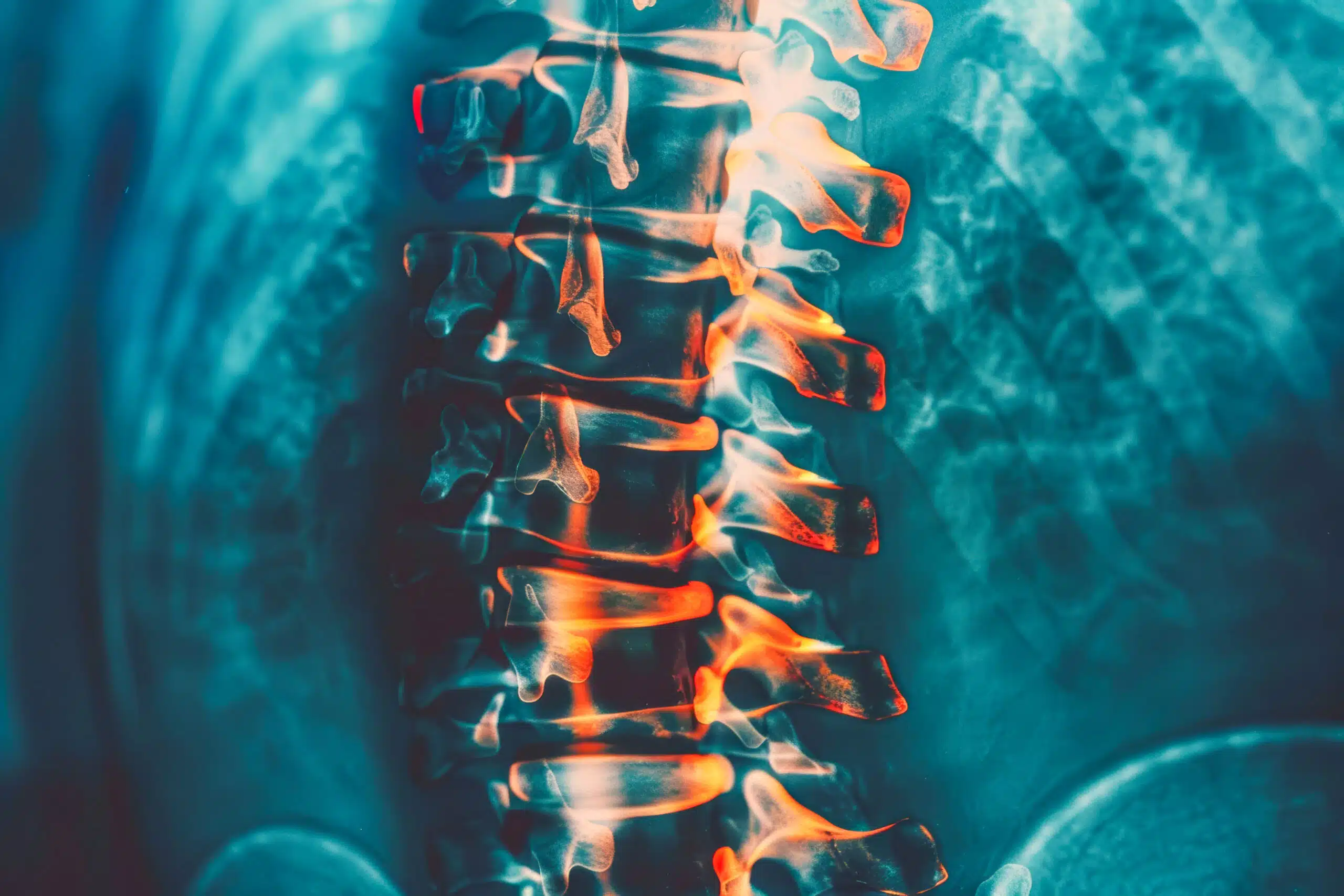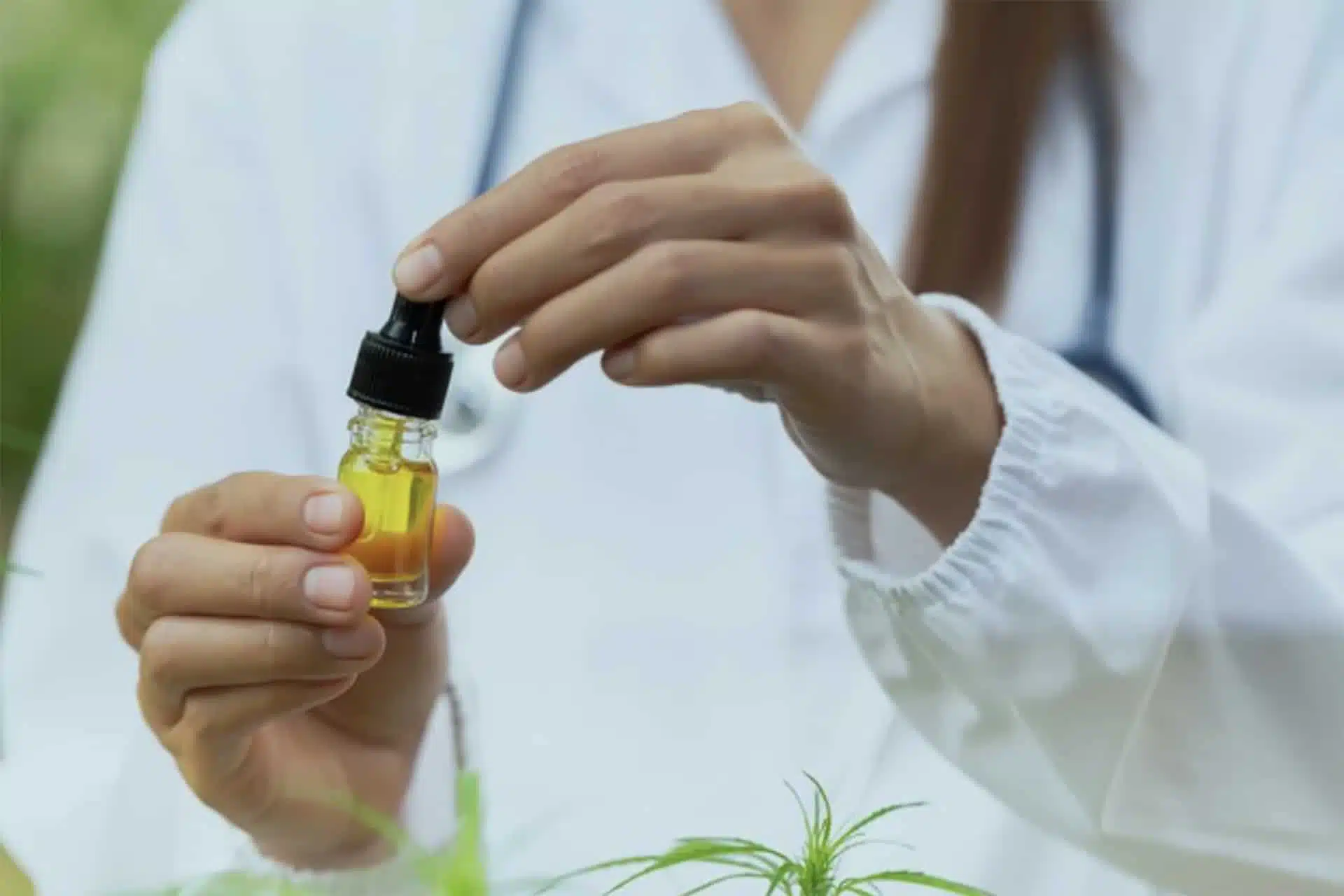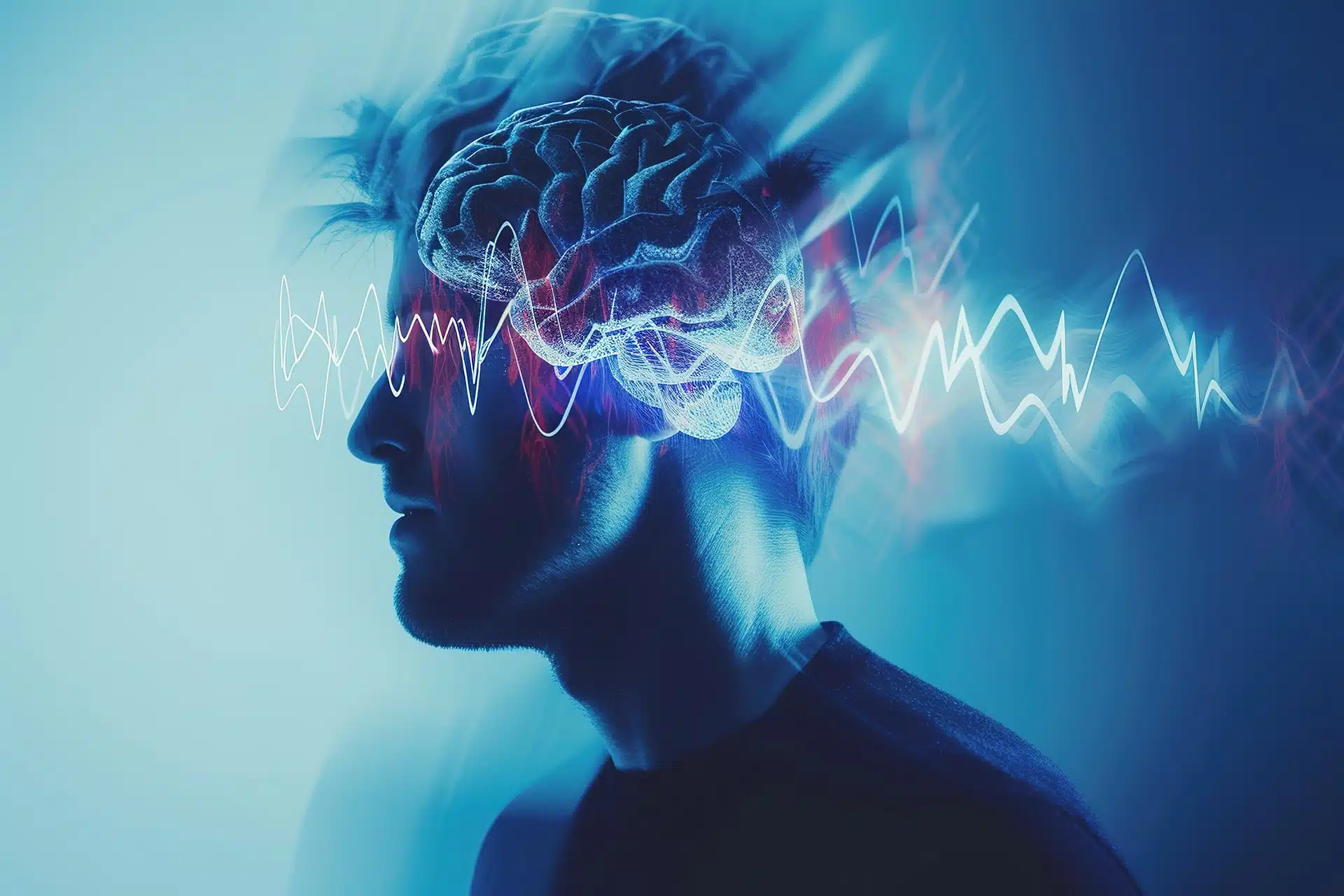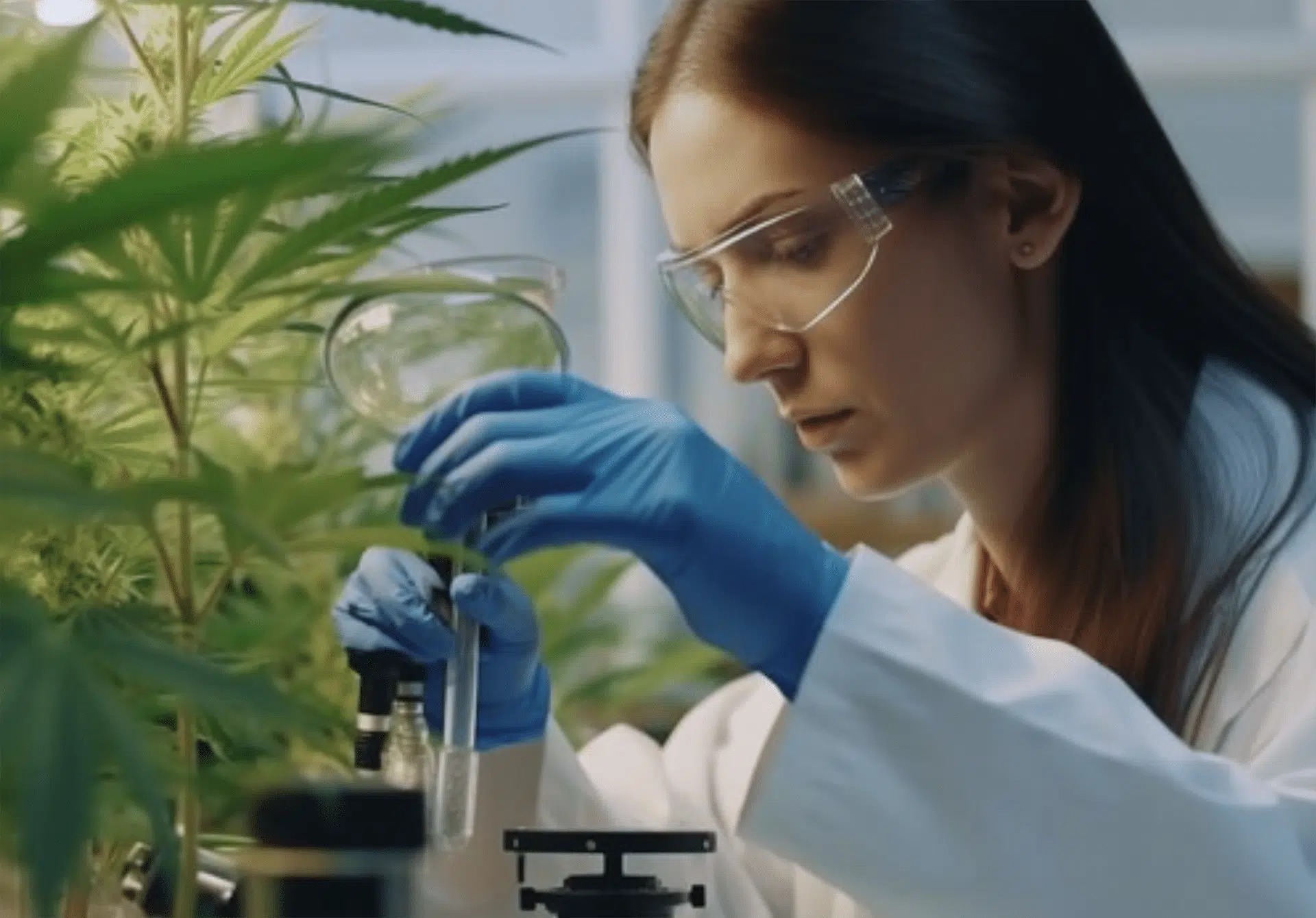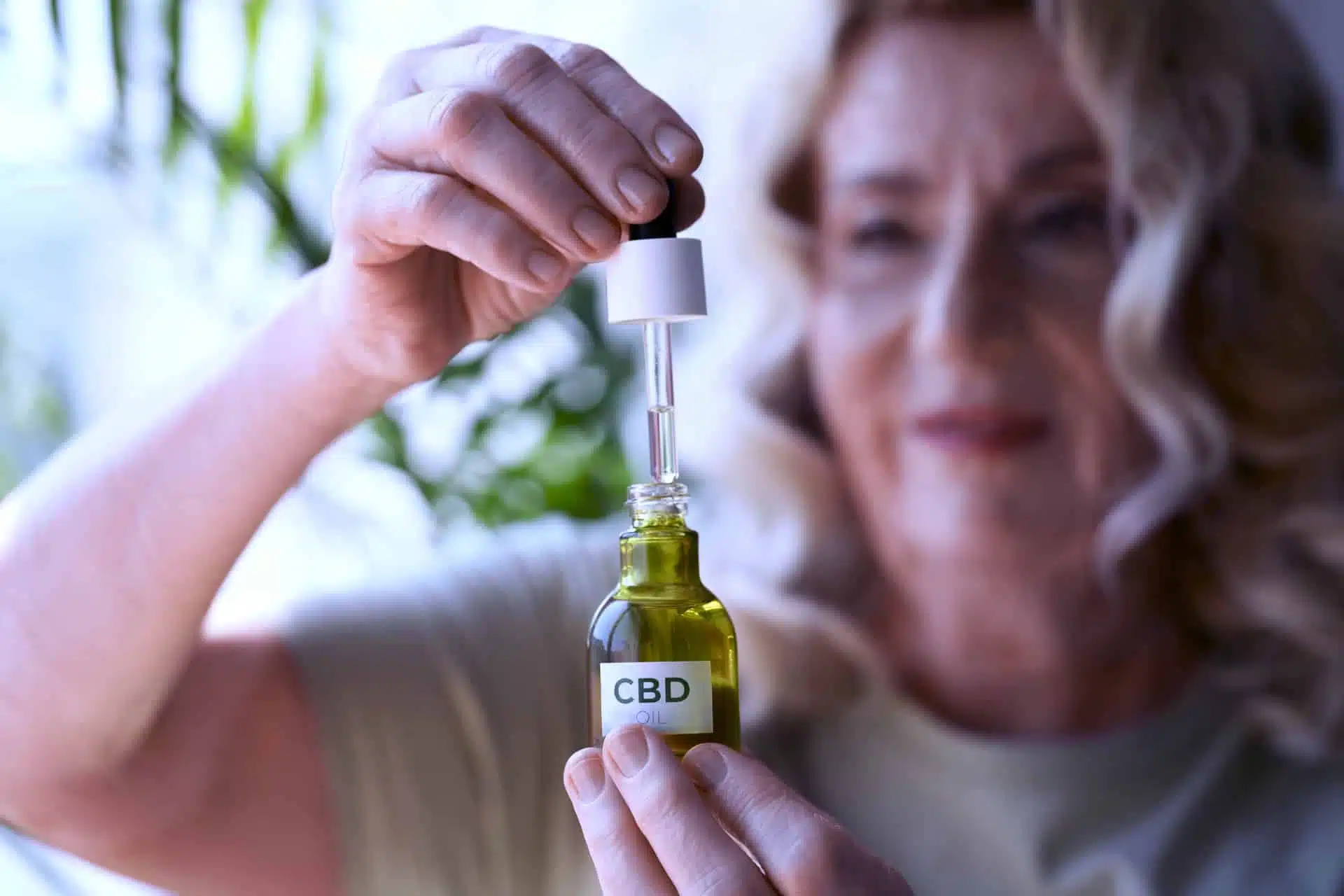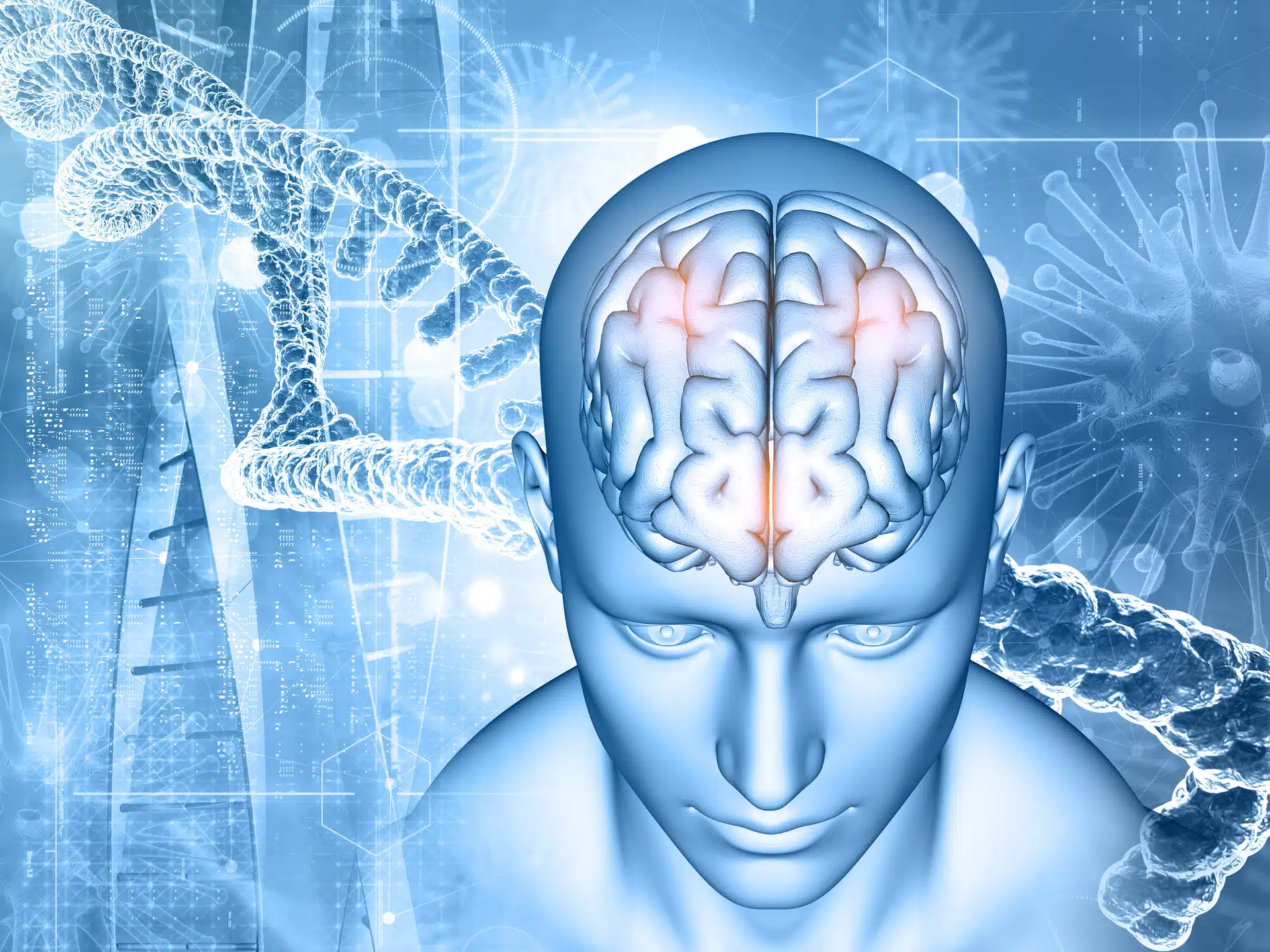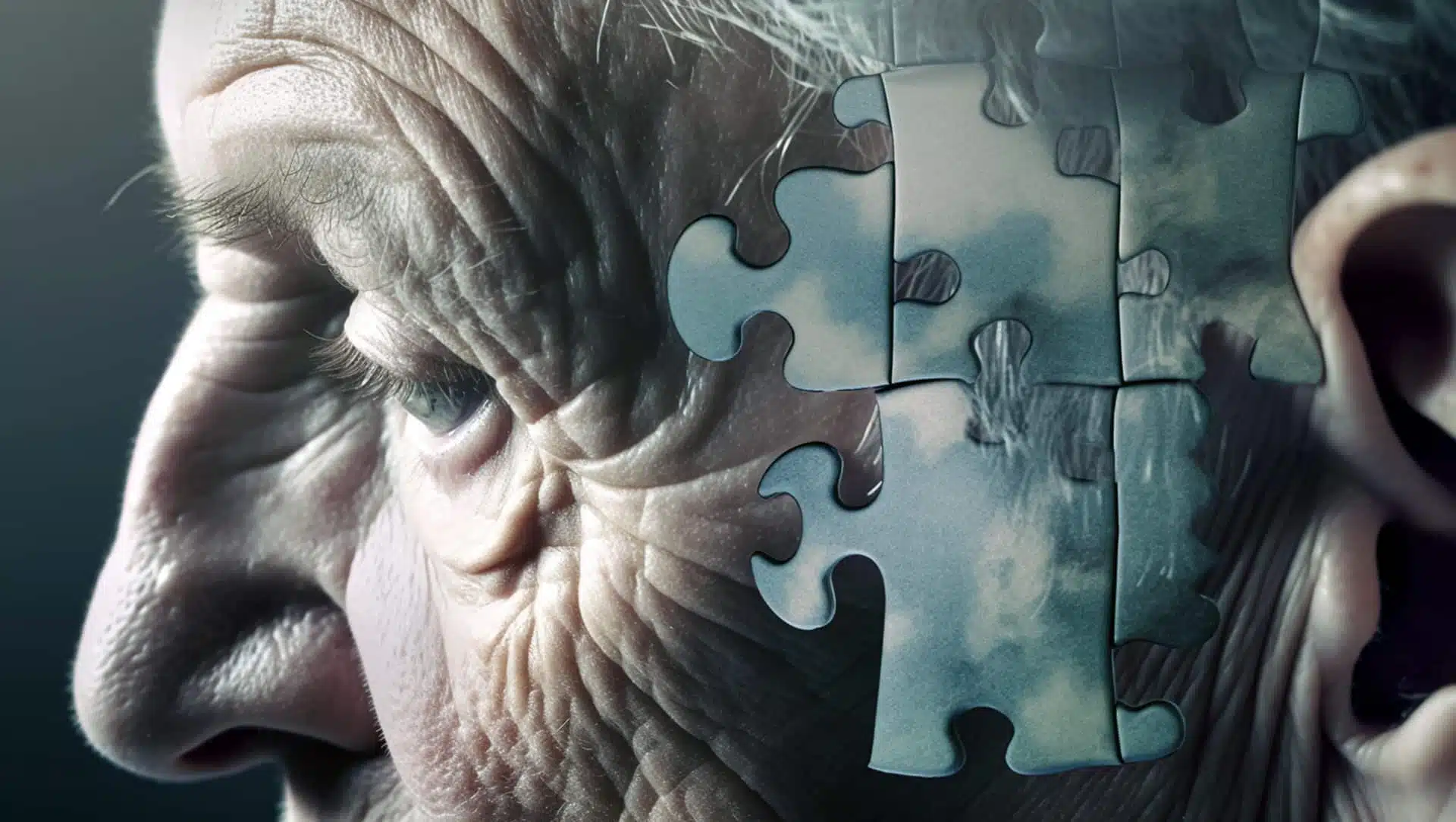Share
Chronic Traumatic Encephalopathy and Cannabis
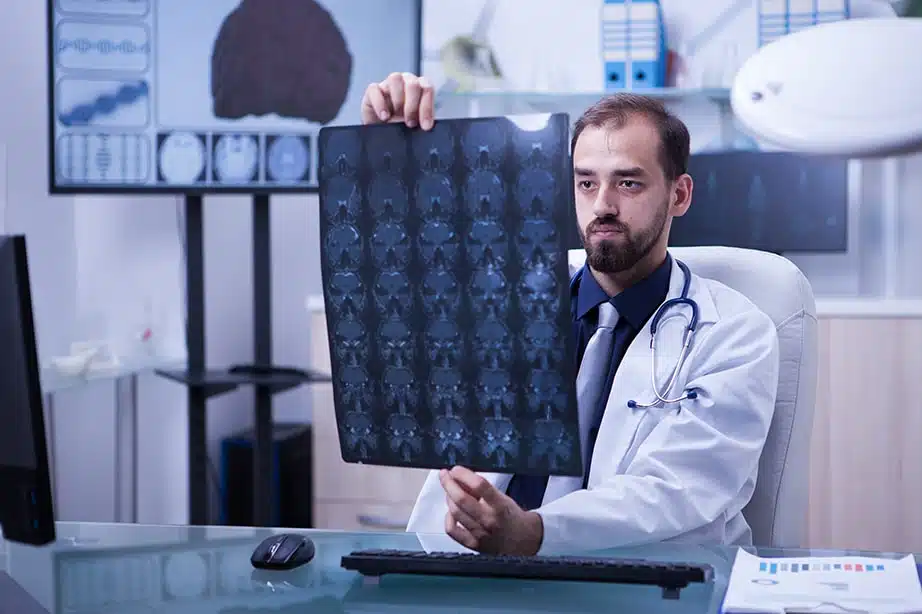
Chronic traumatic encephalopathy, henceforth abbreviated to CTE, is a progressive neurodegeneration often associated with contact sports. Firstly reported in 1928 by the pathologist Harrison Martland, who observed and studied the cognitive decline in boxers, as well as the similar symptoms they all shared, namely tremors, slowed movement, confusion, speech problems, heightened aggression, depression and suicidality.
Initially named the “punch drunk” disease and later known by “dementia pugilistica” showcasing the close connection between the condition and combat sport, however it as also been associated with injuries from repeated concussive and subconcussive impacts in the head suffered in other activities, such as rugby players, military personnel, epileptics, and victims of domestic abuse.
Chronic Traumatic Encephalopathy (CTE) shares some similarities with other conditions caused by head trauma, such as concussive or post-concussive syndrome (PCS). However, the onset of symptoms in CTE is not as linear. As time progresses, the condition tends to worsen. For contrast, following a severe concussion, symptoms like headache, blurred vision, amnesia, and slurred speech typically disappear after some time. Patients often make a full recovery within 10 days. If symptoms persist beyond three months, the individual is considered to have PCS, which can take over a year to improve. CTE however is a sliding slope, with the first hints of the condition often appearing later in life, small things like having difficulty to concentrate or pay attention along with headaches and dizziness, this stage is followed by a period where the afflicted may experience irritability, outbursts of violent behaviour and speech abnormalities. The mounting problems and difficulties often take a heavy toll on social functioning, leading to divorces, bankruptcy, and substance abuse. In extreme cases, leading to suicide. The final stages of the condition are characterized by loss of motor functioning, Parkinsonian symptoms of tremor, poor speech, ocular abnormalities, vertigo, bradykinesia (slowness of movement), and dementia.
References:
Saulle M, Greenwald BD. Chronic traumatic encephalopathy: a review. Rehabil Res Pract. 2012;2012:816069. doi: 10.1155/2012/816069. Epub 2012 Apr 10. PMID: 22567320; PMCID: PMC3337491
Mez, J., Stern, R. A., & McKee, A. C. (2013). Chronic Traumatic Encephalopathy: Where Are We and Where Are We Going? Current Neurology and Neuroscience Reports, 13(12).doi:10.1007/s11910-013-0407-7
Pharmacokinetics of Cannabis
As mentioned earlier, chronic traumatic encephalopathy (CTE) is a neurodegenerative disease that exhibits a pattern of neuropathological changes, increasing in severity over time. Repetitive head trauma creates micro lesions, resulting in neuronal axon damage, micro-hemorrhages, and loss of the blood-brain barrier. These injuries induce a pro-inflammatory response and a deposition, within the neurons, of phosphorylated tau (p-tau) protein, amyloid-beta (Aβ), TDP-43, neurofibrillary tangles, neutrophil neurites, and astrocytic tangles, resulting in neuronal loss and cerebral atrophy accompanied by white matter changes. A conclusive diagnosis of CTE is only possible post-mortem in autopsy, with the presence of p-tau lesions being the minimum criteria for CTE diagnosis. Studies show that the condition starts in the cerebral cortex, moving to affect other areas of the brain such as the medial temporal lobe, basal ganglia, diencephalon, and brainstem.
Cannabinoids, first discovered in the plant Cannabis sativa, have shown promise as a potential source of medicines for a variety of neurological conditions in recent years. The psychoactive tetrahydrocannabinol (THC) and non-psychoactive cannabidiol (CBD) are the most recognized, but the presence of other molecules such as the endocannabinoids N-arachidonoylethanolamine (anandamide) and 2-arachidonoylglycerol, neurotransmitters produced in the mammalian nervous system, also deserve mention. The effects are triggered when the compounds bind to CB1 and CB2 receptors, with CB1 receptors being ubiquitous in the central nervous system and CB2 receptors abundant in the peripheral nervous system and immune system. Cannabis has been shown to reduce both inflammation and the neuronal damage originating in brain injuries. This is accomplished by inhibiting the neurotoxicity from tumor necrosis factor-α (TNF-α), a pro-inflammatory signaling molecule produced by the immune system. In turn, CBD has been shown to both inhibit TNF-α and increase the production of anandamide, another anti-inflammatory endocannabinoid.
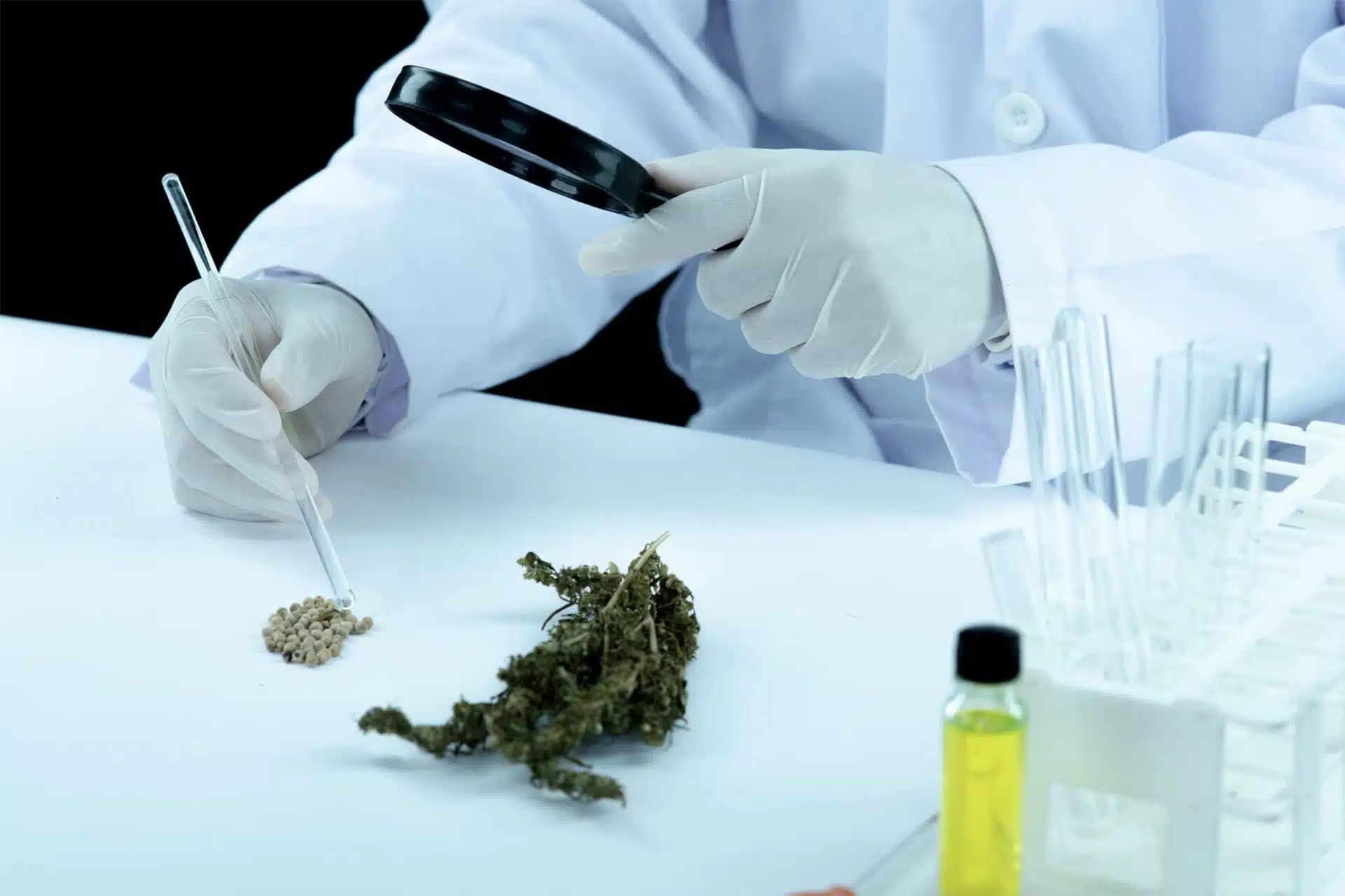
References
Boggio, A. N., Peres, D. F. de Q., Cunha, J. M., Machado, S., Batayeh, Y., Nappo, S. C., … & Martins, V. R. (2023). Cannabinoids in chronic traumatic encephalopathy: A narrative review of preclinical and clinical evidence. Frontiers in Neurology, 14, 1087011.
https://www.ncbi.nlm.nih.gov/pmc/articles/PMC6200872/
Iffland, K. (2020). Cannabis in the treatment of traumatic brain injury: A primer for clinicians. British Journal of Pharmacology, 177(1), 102-113.
Orr, M., & Guarisco, D. M. (2017). Cannabidiol (CBD) in the treatment of chronic traumatic encephalopathy (CTE): A literature review. Current Sports Medicine Reports, 16(10), 415-425.
https://www.ncbi.nlm.nih.gov/pmc/articles/PMC10586905/
Moreno-López, S., Díaz-Gil, C., & García-Gutiérrez, A. (2023). Cannabinoids and traumatic brain injury: A potential therapeutic approach. Neuroscience Letters, 843, 135523.
https://www.cell.com/trends/molecular-medicine/fulltext/S1471-4914%2802%2902276-1
Schjelderup ENR, MacCallum CA, Lo LA, Dhillon J, Christiansen A, Pistawka C, et al. Exploring medical cannabis use in individuals with a traumatic brain injury. Explor Med. 2023;4:393–408.
https://doi.org/10.37349/emed.2023.00150
Cannabinoids and their Potential Benefits in CTE:
Cannabinoids are a promising way of treating CTE symptoms through:
Neuroprotection: Studies indicate cannabinoids like THC, CBD, and THCV can mitigate excitotoxicity, inflammation, and oxidative stress – all key players in CTE progression.
Antioxidant Properties: Research suggests cannabinoids like THC and CBD possess antioxidant properties, potentially reducing oxidative stress, a hallmark of CTE pathogenesis.
Modulating Glutamate Homeostasis: Cannabinoids may help normalize glutamate levels in the brain. Excessive glutamate can contribute to neuronal damage observed in CTE.
Reducing Inflammation: Cannabinoids display anti-inflammatory properties, potentially mitigating local inflammatory events associated with CTE.
Enhancing Autophagy: Autophagy is a cellular process that removes damaged proteins. Cannabinoids may activate autophagy pathways, potentially helping to clear protein aggregates linked to CTE.
Pre-clinical Evidence for Cannabinoid Use in Head Injuries:
TBI Studies: Studies using synthetic 2-AG in closed-head Traumatic Brain Injury (TBI) mouse models showed reduced edema, cell death, and improved functional recovery. These effects were mediated by CB1 receptors, highlighting the potential neuroprotective role of the endocannabinoid system.
CBD and mTBI: Studies using CBD in mild TBI (mTBI) mouse models demonstrated improved sociability, reduced aggression, and lessened tactile sensitivity – all symptoms relevant to CTE. Additionally, CBD treatment normalized neurotransmitter levels and reduced inflammatory markers.
The studies mentioned provide preliminary evidence for the therapeutic potential of cannabinoids in managing CTE symptoms. While further research is needed, these findings suggest cannabinoids could become a valuable tool in addressing this challenging neurodegenerative disease.
Although it is important to notice that the studies cited here primarily focus on pre-clinical models with more human trials being necessary to solidify the effectiveness and safety of cannabis based medicines for CTE as well as different cannabinoids offer varying benefits, and the optimal dosage and delivery method require further investigation.
References
Boggio, A. N., Peres, D. F. de Q., Cunha, J. M., Machado, S., Batayeh, Y., Nappo, S. C., … & Martins, V. R. (2023). Cannabinoids in chronic traumatic encephalopathy: A narrative review of preclinical and clinical evidence. Frontiers in Neurology, 14, 1087011.
https://www.ncbi.nlm.nih.gov/pmc/articles/PMC6200872/
Zhang, G., Wang, Z., Wu, Z., Wang, Z., Chen, S., & Zhou, C. (2023). Cannabinoid receptors and neurodegenerative diseases: A comprehensive review. Cellular and Molecular Neurobiology, 43(6), 1229-1252.
https://www.ncbi.nlm.nih.gov/pmc/articles/PMC8260892/
García-Arenzana, M. B., Navarrete, C., & Vizuete, M. (2023). Cannabinoids in traumatic brain injury: A comprehensive review of preclinical and clinical evidence. Neuroscience Letters, 842, 135482.
https://www.sciencedirect.com/science/article/pii/S1878747923008115
Navarrete, C., García-Arenzana, M. B., & Vizuete, M. (2023). Cannabinoids and neurodegenerative diseases: A potential therapeutic approach focused on protein misfolding and neuroinflammation. Journal of Molecular Neuroscience, [published online ahead of print, no page numbers yet].
https://link.springer.com/content/pdf/10.1186/s12974-023-02734-9.pdf#page=16.26
Schurman LD and Lichtman AH (2017) Endocannabinoids: A Promising Impact for Traumatic Brain Injury. Front. Pharmacol. 8:69. doi: 10.3389/fphar.2017.00069




